What situation in your business or personal life has you dismayed,terrified, and running with fear? What breakthrough do you want? The Israelites and Philistines were lined up for battle across from each other in the Valley of Elah as described in I Samuel 17.
A giant champion warrior named Goliath taunted Saul and the armies of the living God for 40 days.
Saul and his army were dismayed, terrified, and ran with great fear. V.11,24
This is the exact place God wants to show you how to win the breakthrough you want leveraging your God given strengths.
How did David leverage his strengths to win the battle against Goliath?
I Samuel 17:40 states David chose five smooth stones from the stream with his sling as he approached Goliath.
David’s five stones are like our top 5 strengths that can be leveraged to win against our Goliath.
What top five strengths from StrengthsFinder could we spot in David?
Responsibility – 15, 17 David was found faithful taking care of his father’s sheep as well as delivering food for his brothers on the battle line.People with the responsibility talent take psychological ownership to get the daily grind done. They are servant leaders.
Belief –26, 37, 45 reveal the strong value in God as the victorious champion and his passion to stand up for what he believes. David is not just confident in himself but in the character of who God is!
Positivity –32-34 show how David saw the upside rather than the downside of danger in the battle. He encouraged his brothers and the armies of the living God with his success stories of killing the lion and the bear.
(Notice how Eliab, David’s oldest brother burned with anger and thought David was conceited and just wanted front row entertainment on the battle line. V.28)
Beware of thinking that people of positivity are just naive.
Command – 29 shows how David is not afraid to speak up against his brother’s negative attitude or the crisis that confronts the Israelites. Though he was youthful and undersized he had a sense of strong presence in the face of conflict.Notice v.38-40 how Saul and others will many times try to force us to wear their armor; as a leader this is a fatal mistake to force others into an exact replica of ourselves. David said, “I cannot go in these, because I’m not used to them.”
Being authentic in his own strengths, David chose his tools that he was acquainted and experienced with – the Shepherds staff, pouch for his 5 smooth stones, and his sling.
Strategic – 48-51 David quickly assesses his options and knows he cannot defeat Goliath in hand to hand combat. He chooses one stone, places it into his sling, running toward Goliath increasing his leverage (likely up to speeds of 60-90 MPH), aiming his stone into the one place that Goliath is vulnerable.Intentionally David stuns Goliath enough that he falls forward and finishes the job cutting off Goliath’s head with Goliath’s sword.
David maximized his strategic strength with knowledge, skill, and practice in the field as a Shepherd, killing the lion and bear.
Like David, God has designed us uniquely with talent for kingdom purpose.
It is our responsibility to multiply those talents into strengths that are leveraged intentionally for individual and community breakthroughs.
Bring GALLUP Certified Strengths Coach and Convene Resource Specialist Brent O’Bannon to your Forum Day or organization. Learn more at http://brentobannon.com/strengthsfinder-keynote-and-workshops/





